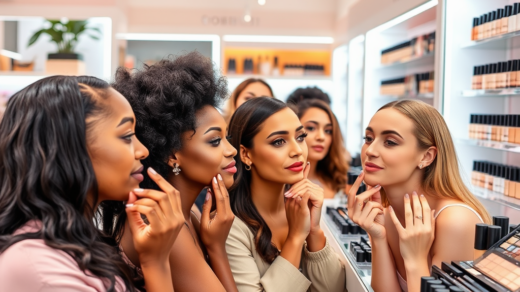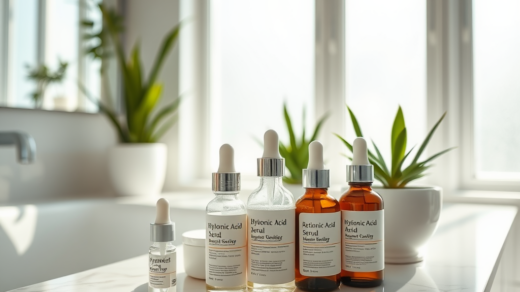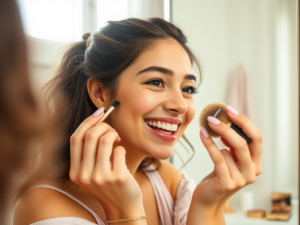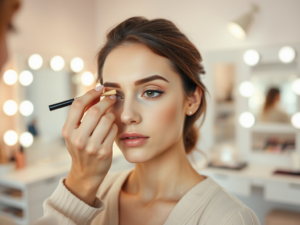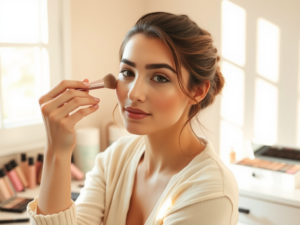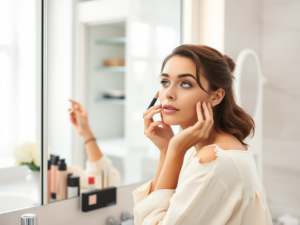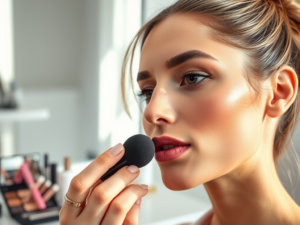K-Beauty Secrets: Why Korean Cosmetics Are So Popular Worldwide?
K-beauty has taken the world by storm, captivating beauty enthusiasts and skincare novices alike. With its multifaceted approach to cosmetic products and an emphasis on skin health, this trend has made its mark internationally. What sets Korean cosmetics apart is the underlying philosophy that encapsulates beauty as not merely aesthetic but as a holistic practice. It intertwines culture, innovation, and community, creating an allure that is hard to resist. In this article, we explore the secrets that make K-beauty a global phenomenon, shedding light on its innovative ingredients, cultural significance, and the impact of modern marketing.
At the core of K-beauty is a commitment to achieving luminous, healthy skin through a regimen that may initially seem overwhelming but is ultimately rewarding. The famous 12-step skincare routine is built around layering products to maximize hydration and treat various skin concerns effectively. This approach reflects a shift away from heavy makeup towards a more natural look, where glowing skin takes center stage. The embrace of natural and often unconventional ingredients such as snail mucin, green tea, and ginseng further underlines this philosophy, appealing to consumers who are more ingredient-savvy than ever.
The Philosophy Behind K-Beauty
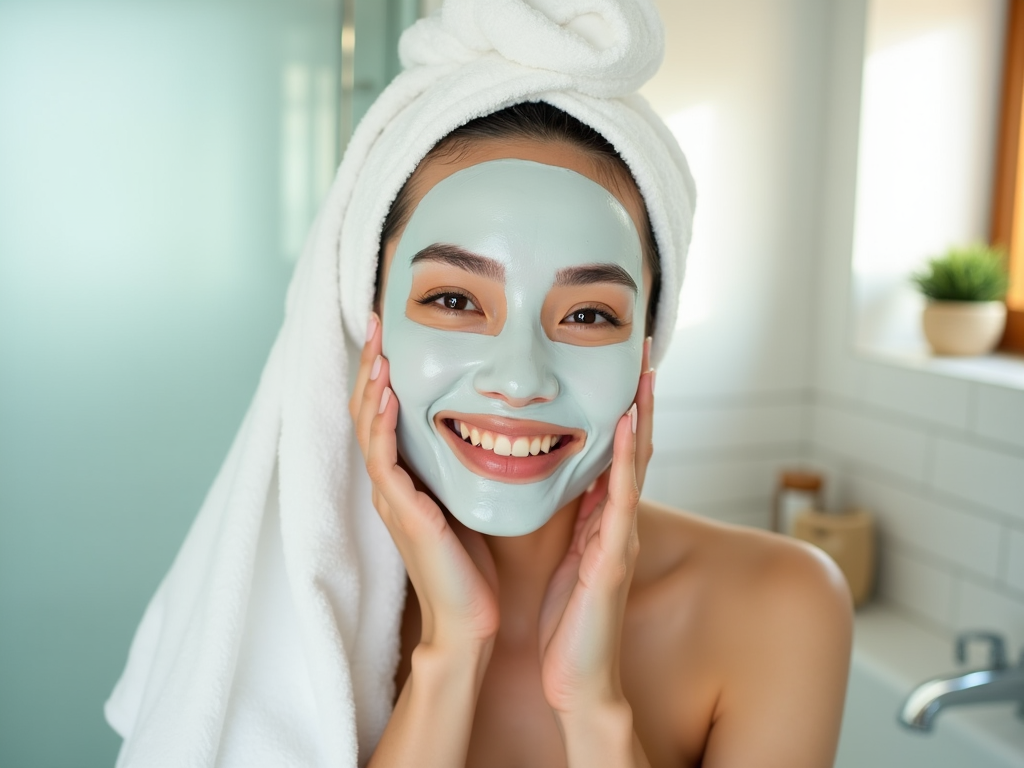
The 12-step routine in K-beauty is not just a series of products; it is a way of life. Each step serves a specific purpose, from cleansing to moisturizing, targeting issues like acne, dryness, and signs of aging. Here’s a breakdown of the typical steps involved:
- Oil Cleanser
- Foaming Cleanser
- Exfoliator
- Toner
- Essence
- Serum
- Sheet Mask
- Eye Cream
- Moisturizer
- Sunscreen
This structured regimen indicates a commitment to consistent skincare. The concept of layering allows active ingredients to work synergistically, enhancing their benefits and ensuring comprehensive care. In addition to the systematized approach, Korean culture emphasizes the importance of self-care and well-being. Holistic beauty practices highlight the interplay between mental wellness and skincare, encouraging users to view their routine not just as a chore but as a ritual that promotes relaxation and mindfulness.
Innovative Ingredients in K-Beauty
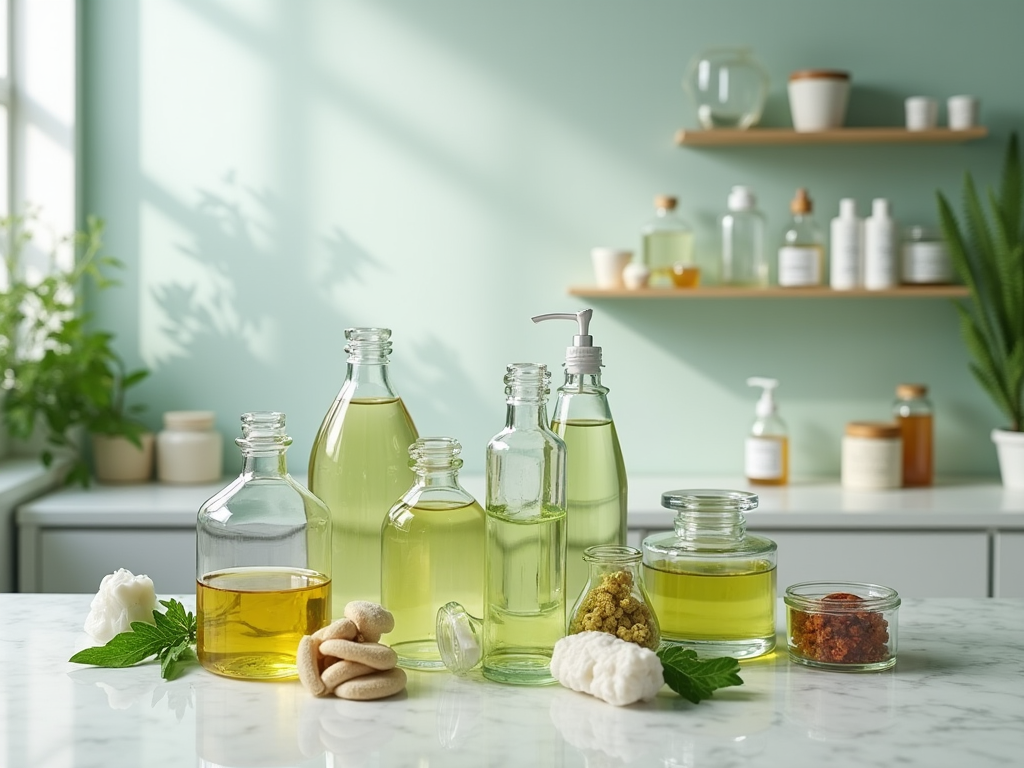
Korean beauty brands are renowned for their pioneering use of innovative ingredients. Many of these components are derived from nature, emphasizing safety and effectiveness. Here are some standout ingredients in K-beauty products:
- Snail Mucin: Rich in glycoproteins, this ingredient aids in skin repair and hydration.
- Fermented Products: Fermentation enhances the potency of ingredients, optimizing their absorption.
- Centella Asiatica: Known for its healing properties, it calms redness and irritation.
These ingredients often set K-beauty products apart from their Western counterparts by focusing on targeted skin benefits rather than just covering flaws. This emphasis on efficacy reflects the relentless pursuit of beauty in South Korea, where trends evolve rapidly, and consumer demands shape the market. In fact, the beauty industry invests significantly in research and development, ensuring that every new launch is backed by science and innovation.
| Ingredient | Benefits |
|---|---|
| Snail Mucin | Repairs skin, hydrates, and promotes collagen production. |
| Fermented Ingredients | Boosts nutrient absorption and enhances skin texture. |
| Centella Asiatica | Soothes irritation and promotes healing. |
A Culture that Embraces Beauty
In South Korea, beauty is deeply interwoven with culture and societal expectations. The aesthetic values place a high premium on flawless skin, and daily routines reflect this cultural obsession. K-pop and K-drama stars often set beauty trends, influencing millions worldwide. Fans seek to emulate the radiant looks of their favorite idols, further driving interest in K-beauty products. This cultural phenomenon is fueled by a sense of community, where individuals share tips, products, and results on platforms like Instagram and TikTok, effectively spreading K-beauty ideals globally.
Moreover, the accessibility of K-beauty brands has also contributed to their popularity. Many brands offer products across various price points, making them attainable for a wider audience. Whether you’re looking for budget-friendly options or luxury items, the variety in the product range ensures that there’s something for everyone. This inclusive approach, combined with savvy marketing strategies, has made Korean cosmetics a staple in beauty routines all over the world.
Social Media and Influencer Impact on K-Beauty
The rise of social media has revolutionized how beauty products are marketed and consumed. Beauty influencers play a pivotal role in promoting K-beauty, sharing their experiences through tutorials, reviews, and unboxings. Platforms like YouTube and Instagram create engaging formats for potential buyers to witness products in action.
- YouTube: Video tutorials showcase application techniques and results.
- Instagram: Visually appealing posts and stories highlight product aesthetics and user experiences.
- TikTok: Short and catchy content rapidly spreads product challenges and trends.
This content not only educates consumers but also fosters a sense of trust and relatability. Word-of-mouth marketing in the digital space has become a robust driver of sales, as followers often look to their favorite influencers for authentic recommendations.
The Sustainability Movement in K-Beauty
As global awareness of environmental issues grows, K-beauty brands are responding with a commitment to sustainability. Many brands have begun to pivot towards eco-friendly packaging and ethically sourced ingredients. This shift caters to a customer base that increasingly demands transparency and responsibility in the products they choose.
For instance, several companies now offer refills for their products to minimize plastic waste and prioritize biodegradable materials. This emphasis on sustainability not only appeals to environmentally conscious consumers but also highlights a cultural attitude that values harmony with nature. Consumers can now choose products that align with their values without compromising on quality or efficacy.
Conclusion
K-beauty represents more than just a trend; it embodies a cultural movement that celebrates beauty in diverse forms. From the innovative use of effective ingredients to a consumption model that emphasizes sustainability, Korean cosmetics offer a refreshing perspective on skincare worldwide. The art of layering, combined with a commitment to self-care and wellness, transforms the everyday routine into an uplifting experience. As the global beauty landscape continues to evolve, K-beauty’s influence suggests that the principles of innovation, inclusivity, and environmental responsibility are here to stay.
Frequently Asked Questions
- What are the main features of K-beauty products? Focus on hydration, lightweight formulas, and emphasis on skincare.
- Why is the 10-step skincare routine popular? It promotes thorough cleansing and moisturizing, targeting specific skin concerns.
- How do Korean beauty brands differ from Western brands? Korean brands typically prioritize skincare, use innovative ingredients, and emphasize natural looks.
- Are K-beauty products suitable for all skin types? Many K-beauty products are formulated to cater to a wide range of skin types and concerns.
- Where can I buy K-beauty products? K-beauty products are available at online retailers, specialty stores, and beauty supply shops globally.
